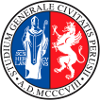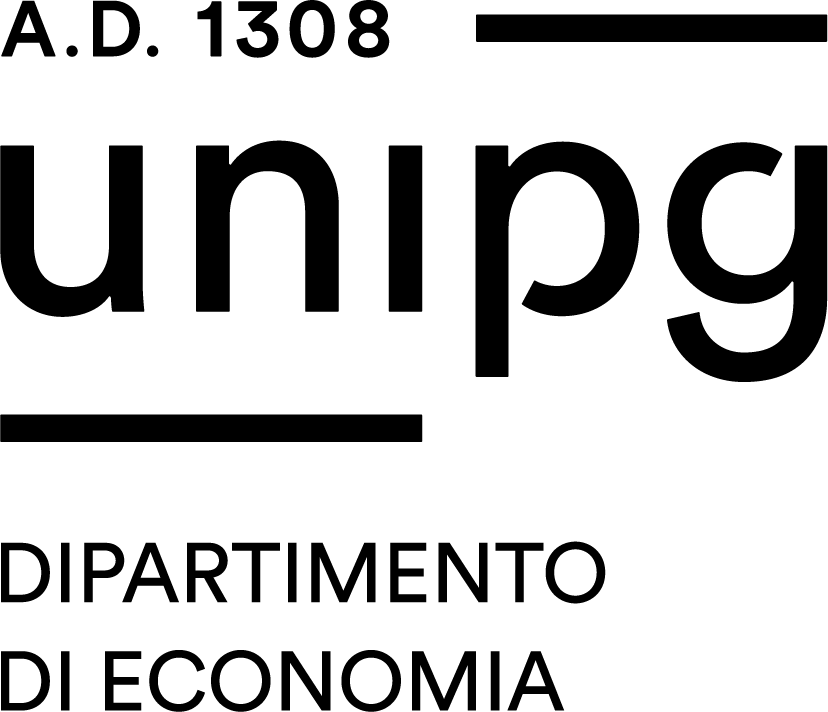| Course name |
Biological sciences |
|---|
| Study-unit Code |
55656908 |
|---|
| Curriculum |
Comune a tutti i curricula |
|---|
| Lecturer |
Chandra Bellasio |
|---|
| Lecturers |
|
|---|
| Hours |
- 56 ore - Chandra Bellasio
|
|---|
| CFU |
8 |
|---|
| Course Regulation |
Coorte 2023 |
|---|
| Supplied |
2025/26 |
|---|
| Supplied other course regulation |
|
|---|
| Learning activities |
Caratterizzante |
|---|
| Area |
Discipline biomolecolari |
|---|
| Sector |
BIO/04 |
|---|
| Type of study-unit |
Obbligatorio (Required) |
|---|
| Type of learning activities |
Attività formativa monodisciplinare |
|---|
| Language of instruction |
Lectures will be in Italian, supporting material will be available in English, the exam may be taken in Italian or English |
|---|
| Contents |
The course is divided into three parts. The first (Transport) examines the physical and physico-chemical processes that govern the transport of water and solutes through cells and the whole plant. The second (Nutrition) focuses on the mechanisms by which the plant uses light energy to absorb and assimilate carbon dioxide and soil minerals. The third (Regulation) illustrates some of the mechanisms that allow the plant to grow harmoniously while responding to changing environmental stimuli. |
|---|
| Reference texts |
L. Taiz, E. Zeiger, Plant Physiology (any edition) Park S. Nobel, Physicochemical and Environmental Plant Physiology (any edition) |
|---|
| Educational objectives |
Knowledge (Dublin Descriptor 1) The goal of the course is to build an integrated understanding of healthy plant function, showing how it arises from the combination of simple processes, which are themselves governed by the fundamental laws of physics, chemistry, and mathematics. Applying Knowledge and Understanding The student will be able to understand and describe the processes that govern the fundamental functions of a healthy plant. |
|---|
| Prerequisites |
Prerequisite courses: Mathematics and Physics (from 2026), Botany, General and Inorganic Chemistry, and Organic Chemistry. |
|---|
| Teaching methods |
56 hours of lectures. |
|---|
| Learning verification modality |
There will be two written tests: one mid-course and one at the end. Passing both tests grants access to the oral exam. Students who do not pass the tests may retake them in recovery sessions. For information on support services for students with disabilities and/or learning disorders, please visit http://www.unipg.it/disabilita-e-dsa |
|---|
| Extended program |
Review: Plants as sessile organisms; The plant cell; Anatomy overview; Stem organography; Roots. Thermodynamics Overview: First Law; Free energy; Second Law; Chemical potential. Part I: Transport Water: Chemical properties; Surface tension; Menisci, cavities and bubbles; Capillary rise. Hygrometry, evaporation, condensation, drying and humidification. Solution dynamics: Chemical potential in generic changes; Diffusion; Electrolytes and membrane potential at equilibrium. Osmosis. Water potential. Laminar flow. Water and the plant: Turgor; Pressure-volume curves; Transpiring structures; Transpiration and relative humidity; Transpiration and temperature; Water potential in saturated and unsaturated soils; Water potential in a capillary; Plant water potential at equilibrium with the soil; Cohesion-tension theory; Hydraulic conductivity of xylem; Minimum pressure for water ascent; Embolism and cavitation; Cavity stability; Cavity rupture and refilling; Hydraulic vulnerability; Embolus refilling. Water uptake: Absorbing structures; Casparian strip; Water potential in a transpiring plant. Solute transport: Semipermeable membranes and equilibrium concentration; Electrogenic pumps; Primary and secondary membrane transport; Symport and antiport. Part II: Nutrition CO2 assimilation, light phase: Light and pigments; Electron transporters; Excitation; Charge separation; Photosystem I; Photosystem II; Oxygen evolution; Photophosphorylation; Cyclic and pseudocyclic transport. Carbon metabolism: Catalysis review; C3 cycle; Rubisco mechanism; Oxygenation and carboxylation; PGA reduction; Regeneration; Starch and sucrose synthesis. Photorespiration. C2 cycle. C2 and C4 photosynthesis: Anatomy; Subtypes; Ecology. CAM plants. Mineral nutrition: Growth curves; Macro- and micronutrients. Nitrogen: Cycle; Uptake and transport; Assimilation; Fixation; Nodules and heterocysts. Potassium: Uptake; Transport. Phosphorus: Cycle; Uptake; Mycorrhizae. Sulfur: Cycle; Uptake; Assimilation. Iron. Copper. Basics of agroecology. Phloem transport: Vascular anatomy review; Transported compounds; Source and sink; Apoplastic phloem loading; Translocation; Unloading. Part III: Regulation Cellular pH regulation: Classical model and its limits; H¿-ATPase and updated model. |
|---|


